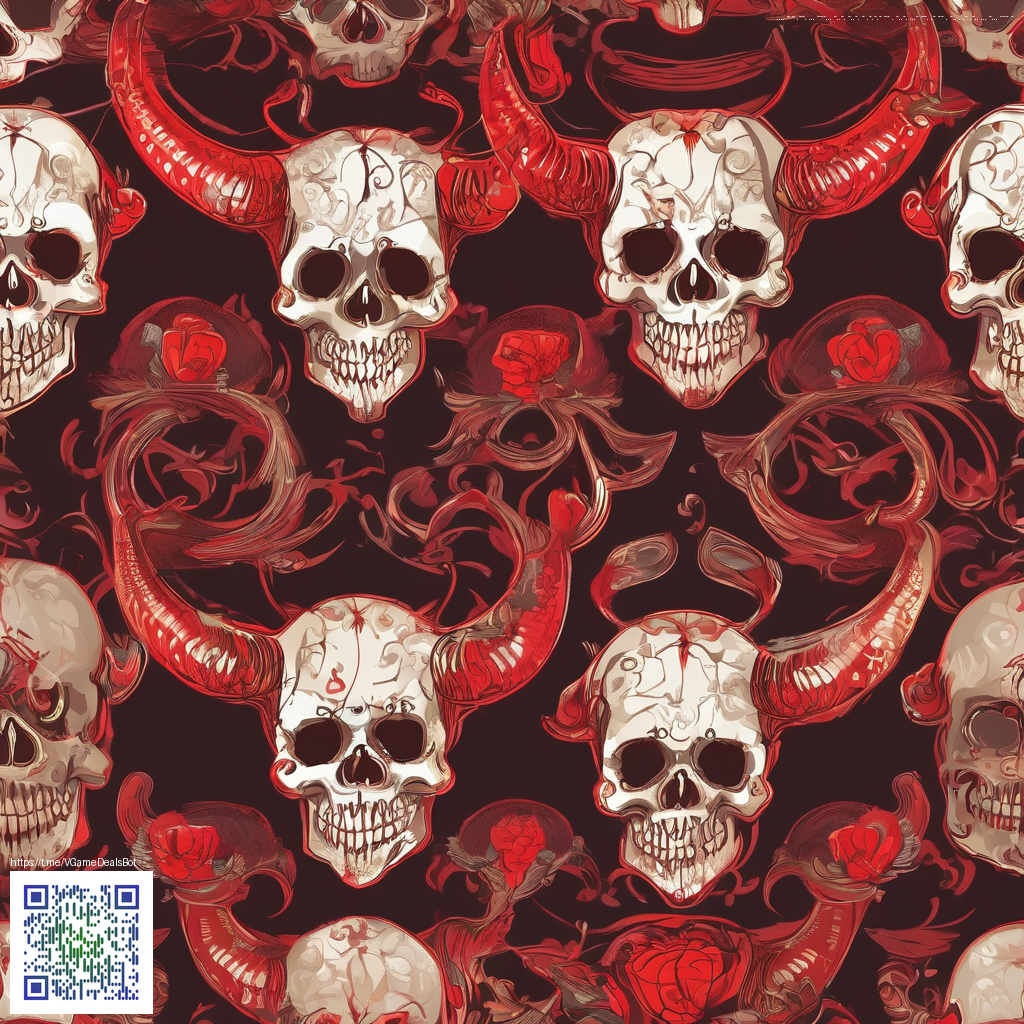
Designing for longevity: practical strategies that stand the test of time 🛠️✨
Durability isn’t just a feature—it's a philosophy that reshapes how products are conceived, built, and delivered. In a marketplace where items are often treated as disposable, creating things that endure requires a careful blend of material science, thoughtful engineering, and a user-centered mindset. When a product can resist the wear and tear of real-world use, it earns trust, reduces waste, and delivers sustained value for customers who want less churn and more consistency. 💡
To translate this philosophy into action, teams should start with a clear vision: a durable product is reliable, repairable, and designed with a complete lifecycle in mind. It’s about fewer surprises, longer intervals between replacements, and a sense that the object will age gracefully rather than degrade into obsolescence. This approach not only lowers total cost of ownership but also builds a reputation for quality that resonates with conscientious users. 👍
Five durable-design principles you can apply today
- Choose robust, well-tested materials that resist common failure modes. Think corrosion resistance, impact tolerance, and stable performance across a range of temperatures. 🧪
- Design for disassembly so parts can be replaced or upgraded rather than discarded. This makes maintenance approachable and cost-effective. 🔧
- Prioritize modularity to allow future improvements without overhauling the entire product. Modular ecosystems scale with user needs. ♻️
- Build in repairability by offering spare parts and clear repair guides. A well-supported repair path turns durability into an ongoing relationship with customers. 📦
- Plan for wear and aging by anticipating how materials degrade and by designing protective architectures that extend life. 🧭
“Durability is not about weight or bulk; it’s about durable performance that persists under real-world use.”
Materials that withstand the test of time
Choosing the right material set is foundational. The most durable products balance robustness with usability. In contexts where friction, heat, or moisture come into play, consider materials with proven long-term stability and the ability to be repaired or replaced without major rework. For consumer devices and accessories, this often means pairing sturdy shells with resilient textiles or surfaces that resist scratches, gouges, and environmental exposure. 🪵🧼
Beyond raw strength, think about the supply chain implications. Materials that are readily available, consistent in quality, and compatible with repair ecosystems enable durable products to stay in circulation longer. A well-documented bill of materials also simplifies sourcing for replacement parts and extends the product’s usable life. 🧩
Repairability and upgradeability as design criteria
Durable products invite ongoing care rather than quick disposal. Designing for repair means providing access to fasteners, modular components, and replacement options. It also means documenting assembly and maintenance steps in a way that’s easy for users—or authorized service partners—to follow. When customers can refresh a crucial component instead of buying a new device, the product remains relevant and trusted. 🛟
Consider how this translates to everyday accessories. The right combination of materials, joints, and finishes can allow a desk accessory to endure years of daily use. For example, a durable desk pad or mouse pad should resist corner wear, maintain surface integrity, and be easy to clean, so it stays functional and visually appealing through countless workdays. Small design choices compound into lasting value. 💼
A practical case study: a durable desk accessory
When evaluating durability in real products, a good тест case is a well-designed desk accessory that balances form, function, and longevity. The Neon Desk Mouse Pad demonstrates how thoughtful construction supports lasting use: a customizable, single-sided print with a compact thickness of 0.12 inches, engineered to resist wear from daily mouse movements while staying visually vibrant over time. This kind of product shows that durability can be accessible and aesthetically engaging at the same time. If you’re exploring how a simple product can be engineered for longevity, this is a helpful reference point. 🎯
For a broader conversation on durable design strategies, you can also explore related insights here: 8b11c93b.html. It’s a reminder that durability is as much about process and mindset as it is about materials. 🧭
Quality assurance, lifecycle thinking, and scalable durability
Durable products are built with rigorous QA that simulates long-term use. Accelerated life testing, environmental stress screening, and component-level reliability analysis help identify weak points before they reach customers. By documenting failure modes and maintaining a feedback loop with manufacturing partners, teams can continually improve both product and process. This isn’t a one-off pass—it’s an ongoing discipline that reinforces trust and customer satisfaction. 🧪🔬
Another key element is warranty design. A well-structured warranty signals confidence in durability and reduces anxiety for buyers. Clear terms, easy access to support, and straightforward parts availability turn potential breakages into opportunities to demonstrate accountability. When brands treat longevity as a service, rather than a symptom of poor quality, they set themselves apart. 🛡️
Measuring longevity in a practical way
Durability metrics should align with how customers actually use the product. Consider:
- Cycle life tests for moving parts and hinges 📈
- Surface wear resistance for finishes and coatings 🎨
- Environmental exposure tests for temperature, humidity, and UV from real-world settings ☀️💧
- Repair-rate and replacement-time data to gauge upkeep ease ⏱️
- Customer feedback loops to capture long-term performance signals 🗣️
These measures help builders forecast true durability, not just theoretical strength. When you can predict how long a product will last under typical usage, you can design better replacements, plan parts supply, and reduce needless waste. ♻️
Ultimately, durability is a holistic endeavor that touches materials, geometry, assembly, and after-sales support. It’s about delivering reliable, timeless value that customers can count on day after day, year after year. 🚀